The Edinburgh Fringe has returned after last year’s cancellation but it’s hard to find evidence of the festival on the streets. The atmosphere is weird, unsettling, ghost-like. The defining feature of the city in August is the constant din of music, but as soon as I arrived at Waverley Station I noticed that the pulsing backbeat was missing. The bars that throb with disco and heavy metal have shut up shop. So have the pubs that host free comedy shows from noon till midnight. The insistent tom-tom rhythm has been supplanted by a void. Edinburgh is on mute.
Before Covid, there were more than 3,500 shows to choose from. This year’s total of nearly 800 seems like a healthy bounce-back but very few of these productions will run for the full three weeks. Most are here for a handful of performances only. The posters and adverts have vanished from the streets and there are no performers handing out flyers. Famous venues have barely enough custom to justify opening their doors. Cowgate, the rancid teeming lane that snakes through the Old Town, is all but deserted. The Gilded Balloon offers a mere five shows between 2.30 p.m. and 7 p.m. The Pleasance has a handful of productions at its Courtyard space but its sister venue, the Pleasance Dome, is in cold storage. ‘Building Closed. Access to Dentist only,’ says a notice at the entrance. The Pleasance Dome is not just any old Edinburgh venue. This is the beating heart of the Fringe. Opposite, in Bristo Square, the outdoor bar has a seating area for 750 punters arranged around a raised stage. In the early evening I saw a circus artist juggling with flaming axes. He was being watched by five people.
Oddly enough, the city has reverted to its true self. Edinburgh turns out to be a standard European capital with a smattering of excellent attractions and the normal complement of chancers trying to make money from tourists. In a way, this comes as a relief. The Royal Mile used to be a hellish no-go zone full of costumed pranksters, wailing barber-shop quartets and distressingly inept mime artistes sheathed in black nylon. This year it’s a relaxed and pleasant avenue where tourists amble among good-natured entertainers. Gone are the hysterical crowds of wannabe superstars bawling into megaphones about their ground-breaking shows.
I passed a laid-back busker whose handwritten sign stood next to his collection tin. ‘Matt the Hobo. I need money for sex, drugs and rock-n-roll. Cash only.’
I joined a group of tourists staring at an eagle owl perched on the forearm of a female keeper from a bird sanctuary in the Borders. ‘Fluffy is three,’ she told us, ‘and he’ll live to be 45 or 50.’ Above his black and shining eyes, he had a sprig of upstanding feathers that made him look like an outraged duchess. ‘Upright feathers mean that he’s a happy owl,’ said the keeper. ‘If the feathers are wilting that means he’s sad.’ I asked if Fluffy would be able to fly home to the sanctuary after his appearance on the Royal Mile. ‘No. I’ll take him back in the car.’ This seemed a bit unfair on a creature born to enjoy the freedom of the skies. I was told that Fluffy can’t be trusted to complete the long-haul flight alone. He prefers motorised transport. ‘Owls are very lazy.’
I paused at a stall occupied by the tattoo artist Elaine Davidson, whose more than 11,000 body piercings represent a world record. The metal objects dangling from her flesh weigh 3kg. ‘Have you been double-jabbed?’ I asked her, feebly attempting to make a joke about her oft-punctured skin. She took umbrage, as if I were challenging her right to appear outdoors: ‘I’ve had both jabs, thank you.’
I visited a stall set up by a militant knitting group, Stitches for Survivors, whose members are creating a massive woollen scarf for the COP26 summit in Glasgow. The garment will be 1.5 miles long to represent the 1.5 ºC increase in global temperatures predicted by climatologists. I asked the project’s director if the scarf had been chosen on purpose. ‘You want global cooling rather than warming so you’re making a nice cosy scarf for everyone to wrap themselves up in.’ She dismissed this analysis and told me that soaring temperatures would lead to floods, electrical storms and other deadly perils. Even knitting circles are full of angry radicals these days.
Near Edinburgh castle I spotted a bearded rebel in full Braveheart costume. He called himself Fergus and he was busy posing for tourists with his collection of ancient swords and axes. ‘I’ve been doing this for years in schools,’ he said, ‘and the first thing I tell them is, “Death to George, the Usurper”.’ This refers to George IV whose statue at the centre of the New Town affirms the political union between England and Scotland. Fergus taught us how to insult the despised monarch. ‘George the Frank, Hanover George, or George Small Welt.’ ‘Welt’ is a dialect word whose meaning he demonstrated by waggling his little finger in a droopy position. The efforts of Fergus in the classroom may explain the virulence of anti-English sentiment in some parts of Scotland. It’s on the curriculum.
One of Edinburgh’s best known cultural artefacts is the Hogwarts series, which is said to have originated at the Elephant House café where J.K. Rowling wrote early drafts while sipping cappuccinos at a rear table. A sign on the door declares it ‘the birthplace of Harry Potter’. For fans of the series, this little bistro has as much significance as the River Jordan has for Christians. Their deity may have left no physical mark here but the location exudes a mystical hint of Harry Potter’s presence. Usually, the entrance is choked by Hogwartians posing on the pavement and taking snaps. And the indoor seating areas are invariably rammed with clamouring families. I wandered past on a Friday evening and the place looked deserted. Imploring signs in the window tempted me to venture inside: ‘No reservation required… Twenty per cent student discount.’ I had my pick of the tables. While awaiting my order, I did a quick head count. The staff outnumbered the customers. For an hour I sat near the door and not a single Potter fan arrived to photograph the sacred interior. Businesses like this need the city to return to normal as soon as possible.
One of the few enterprises not affected by Covid are the open-topped tour buses. I chatted to a guide in St Andrew’s Square who said that local visitors had made up for the shortfall in international tourists. ‘But we need the Europeans back. We need the Americans.’ He sounded optimistic about trading conditions next year. ‘We’ll be fine because Edinburgh’s a great city.’ And did he miss the Fringe? ‘God no. We could do without that for ever.’
Got something to add? Join the discussion and comment below.
Get 10 issues for just $10
Subscribe to The Spectator Australia today for the next 10 magazine issues, plus full online access, for just $10.
Edinburgh Festival Fringe runs until 30 August.
You might disagree with half of it, but you’ll enjoy reading all of it. Try your first month for free, then just $2 a week for the remainder of your first year.

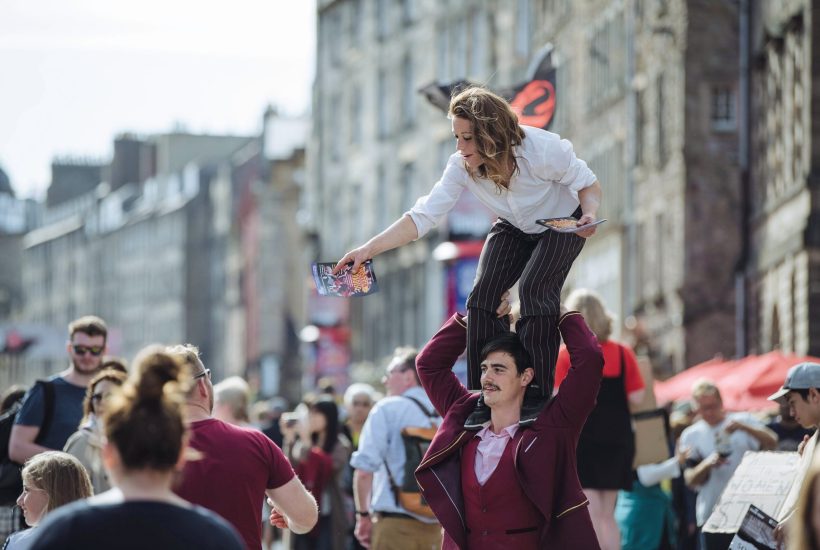
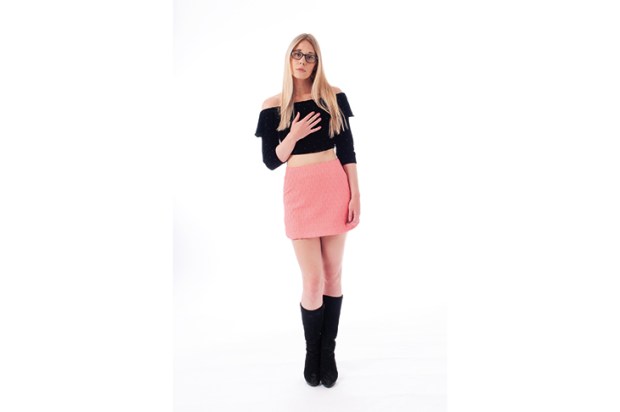
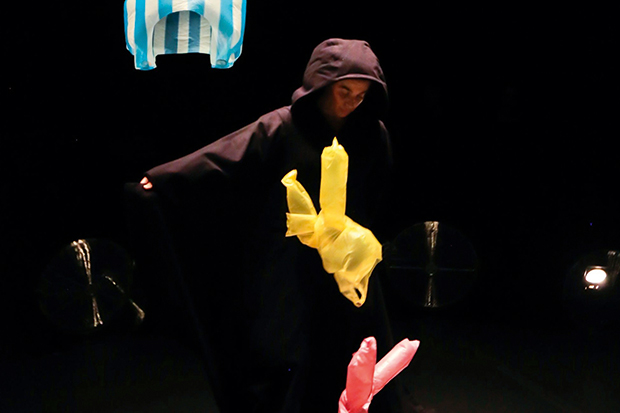
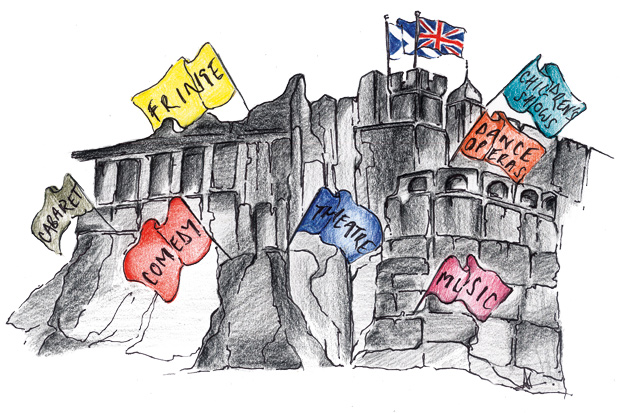
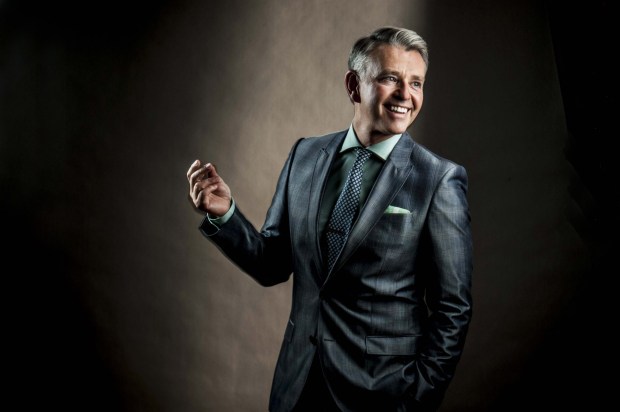
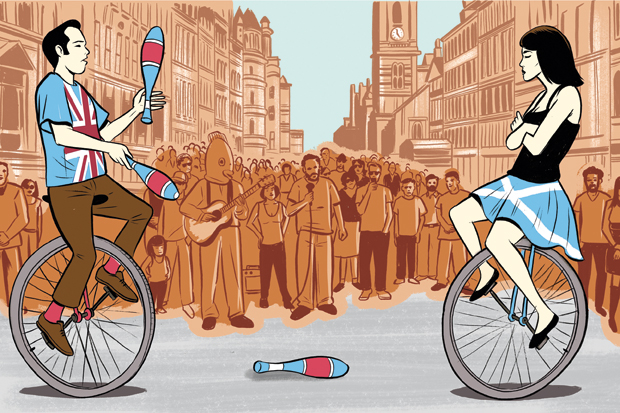
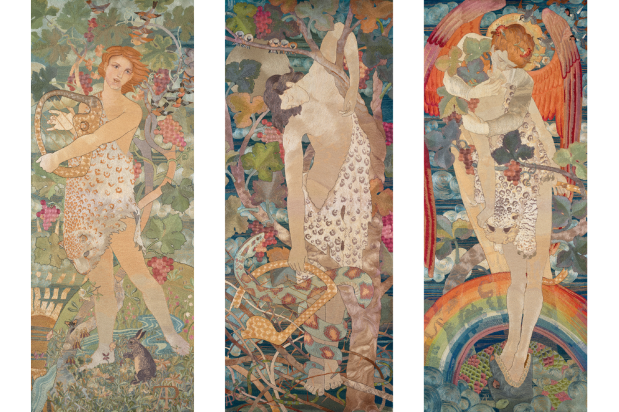






Comments
Don't miss out
Join the conversation with other Spectator Australia readers. Subscribe to leave a comment.
SUBSCRIBEAlready a subscriber? Log in